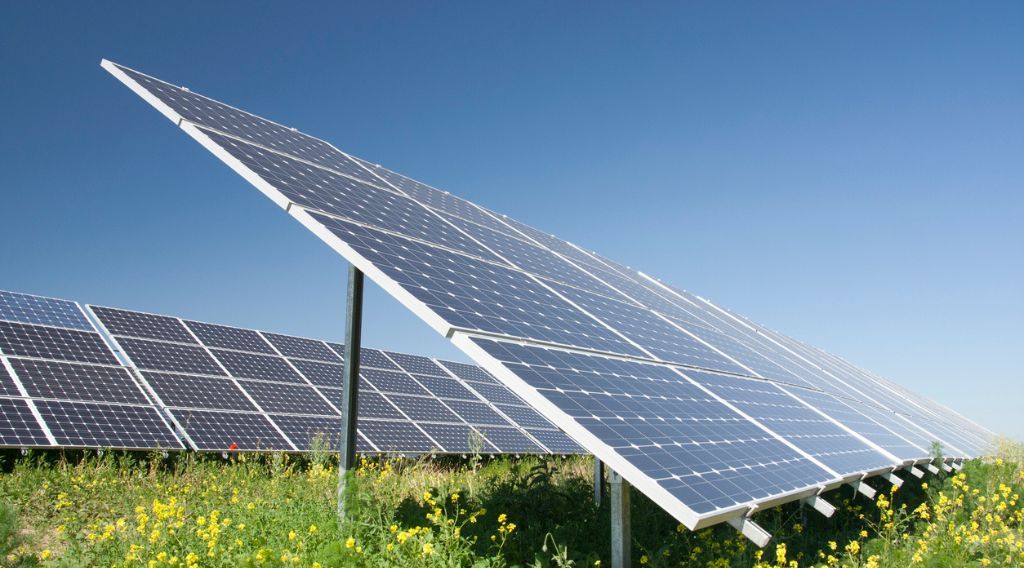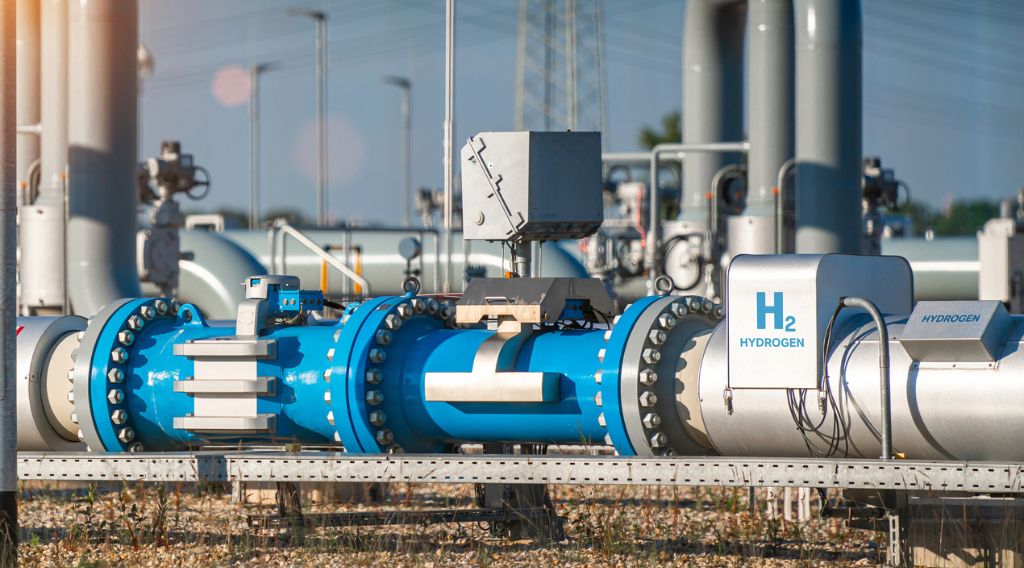
The Big Lake agrivoltaics project in Minnesota, led by US Solar in partnership with The Food Group, NREL, Connexus Energy, and GPI, demonstrates how renewable energy can coexist with sustainable agriculture to benefit communities.
This 18-acre site, with half of the site in solar production, integrates a 1-megawatt solar array with crops, pollinator-friendly vegetation, and honey production. Farmers from underrepresented backgrounds, including new immigrants, gain access to land for growing shade-friendly crops beneath the solar panels, supporting both clean energy and local food production.
GPI is proud to be part of the multi-partner Big Lake project, which represents a significant milestone for agrivoltaics in Minnesota. The project is an extension of a smaller, first-ever pilot project completed last year with the same partners at the Connexus campus solar garden, enabled by a grant from the Mortenson Family Foundation.
In year two of the pilot, the project has already made huge strides by winning the North American Agrivoltaics Awards’ Solar Farm of the Year award and incorporating innovative water and soil conservation, earning Minnesota’s Agricultural Water Quality Certification.
This innovative approach serves as a replicable model for solar developers and communities across the country as it enhances local food production and promotes clean energy objectives.
Foundations of agrivoltaic success
Agrivoltaics is the co-location of solar and agriculture on the same land. Also referred to as dual-use solar, agrivoltaics involve agricultural production (crop, livestock production, or pollinator habitats) underneath or adjacent to solar panels.
Choosing the right site is essential for agrivoltaics. In Big Lake, US Solar’s ownership of the land simplified project management and reduced potential conflicts. As the landowner, US Solar took the lead in site remediation, including essential steps like soil quality testing and early soil preparation. US Solar recommended soil amendments like compost to ensure optimal crop yields.
By focusing on a balance of soil health and energy production, this project created a viable environment for both solar generation and crop cultivation.
Crop selection and shade management in agrivoltaic projects
Agrivoltaics introduces unique challenges related to crop selection and shading. Farmers at Big Lake grew shade-tolerant crops that thrived under solar panels, including vegetables suited to partial sunlight. This crop selection not only supported local demand but also aligned with the agricultural expertise of Big River Farms’ community, which includes immigrant and refugee farmers with specific crop knowledge.
In agrivoltaic systems, crop rotation can be strategically planned to align with the changing angle and duration of sunlight throughout the year. This is an approach used at Big Lake, and it optimizes crop yields across seasons and extends growing periods, potentially allowing farmers to maximize land productivity year-round.
Benefits of agrivoltaics for solar developers
Agrivoltaics allows solar developers to address common land use conflicts by turning solar sites into productive spaces for agriculture, making it a win-win for both renewable energy and local food systems. Solar development projects often face opposition from communities concerned about agricultural displacement, land use changes, or environmental impacts.
In the Big Lake project, US Solar worked with Big River Farms to engage the local farming community, offering training and resources for immigrant farmers. This partnership fostered goodwill, increased community buy-in, and set a positive precedent for agrivoltaics as a community-oriented development model.
Contributing to a sustainable and inclusive future
The Big Lake agrivoltaic project exemplifies how solar development can intersect with community-focused agriculture, delivering renewable energy alongside vital food resources and local economic support. By fostering strong partnerships and meeting farmers’ logistical needs, US Solar created a replicable model for sustainable development that improves both environmental and social outcomes.
Stay tuned for more on this innovative, replicable agrivoltaics model
We’ll take a closer look at the various aspects of setting up a successful farming patch in between solar panels, challenges and barriers overcome, and first-hand experiences from farmers on the ground in an upcoming case study. Watch this space for an update soon.
GPI is working with partners to develop best practices, aiming to scale this model for dual-use solar sites. By championing innovative approaches like agrivoltaics, GPI is helping to shape a future where renewable energy coexists with agriculture, benefiting both ecosystems and local economies across the Midwest and beyond.
As agrivoltaics continues to grow, projects like Big Lake provide a valuable blueprint, merging clean energy, sustainable agriculture, and community-focused development.
Follow GPI on LinkedIn or sign up for our monthly newsletter to get the latest on this and other projects.

